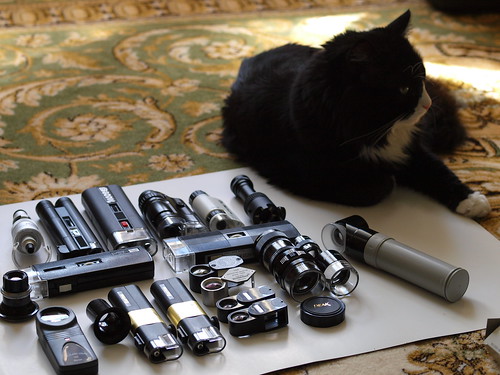Results 1 to 10 of 29
Thread: A bit more about optics
Threaded View
-
09-07-2018, 07:22 PM #1Member

- Join Date
- Aug 2014
- Location
- iceland
- Posts
- 92
Thanked: 38 A bit more about optics
A bit more about optics
So I've spent a couple of months for this.

Belomo, Schneider, Peak, Carton, Carson, Kenko, Panasonic...
Sorry, but I have no time to make fully eng version.
Only part about Carton
myabrasive.ru ... Carton
I think google translate would be good enought
Pics from loupes and oth.:
microscopes review and gallery
loupes review and gallery
Table of contents
Just wanna break a bit my stagnation.
Hope it helps someone.
-


 37Likes
37Likes LinkBack URL
LinkBack URL About LinkBacks
About LinkBacks






 Reply With Quote
Reply With Quote